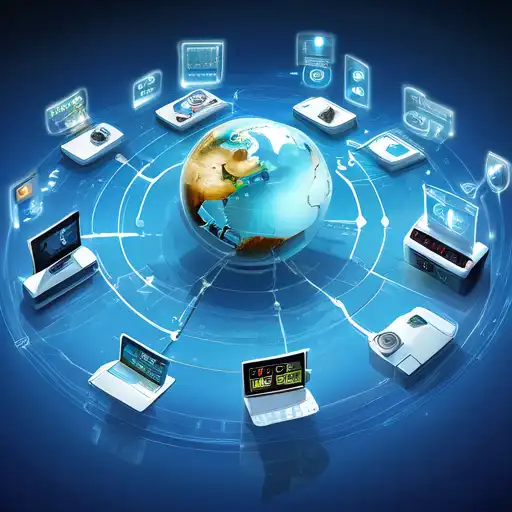The Smart Revolution: How the Internet of Things is Bridging Global Connections
The Internet of Things (IoT) represents a transformative phase in the digital era, where everyday objects are connected to the internet, allowing them to send and receive data. This seamless connectivity is not just enhancing efficiency but is also paving the way for smarter cities, homes, and industries. By 2025, it's estimated that there will be more than 75 billion IoT devices worldwide, a testament to its growing influence.
Understanding the Internet of Things
At its core, IoT is about connecting devices over the internet, enabling them to talk to us, to applications, and to each other. A simple example is a smart thermostat that learns your heating preferences and adjusts the temperature accordingly, saving energy and reducing costs.
The Impact of IoT on Daily Life
From wearable fitness trackers that monitor your health to smart refrigerators that can order groceries when you're running low, IoT is making life more convenient. Beyond personal use, IoT is revolutionizing industries by improving safety, efficiency, and decision-making through real-time data.
Challenges and Opportunities
Despite its benefits, IoT faces challenges such as security risks and privacy concerns. However, with advancements in technology and proper regulations, these hurdles can be overcome, unlocking IoT's full potential to connect the world smarter.
Future Prospects of IoT
The future of IoT is boundless, with innovations like autonomous vehicles and smart cities on the horizon. As technology evolves, IoT will continue to play a pivotal role in shaping a connected and intelligent world.
For more insights into how technology is transforming our lives, explore our technology trends section.
Conclusion
The Internet of Things is more than just a technological trend; it's a movement towards a smarter, more connected world. By embracing IoT, we can unlock unprecedented opportunities for innovation and efficiency across all sectors of society.
